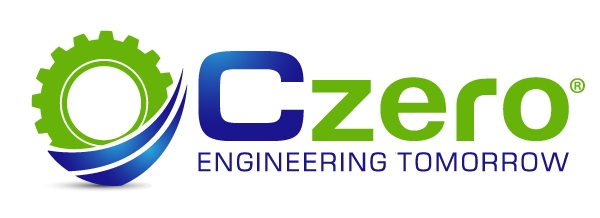Grid firming supports high penetration of solar and wind generation
Grid firming is an integral part of the clean energy transition by addressing the mismatched timeframes and locations of renewables power supply and consumer demand for power from the grid. Multiple approaches are being advanced to firm the grid, including grid level storage, improved long-range transmission networks, and improved controls.
Grid level storage is especially powerful as it addresses several challenges with variable renewable generation including the ability to shift power generated during periods of high production to those times when energy can no longer be produced (e.g. diurnal and seasonal fluctuations). Decoupling power production from power consumption enables more of the conventional power generating resources to be replaced by renewables, and the opportunity to bring new renewable generating capacity online is greatly increased. Moreover, because this stored energy is highly dispatchable, the conventional power generation spinning reserve (i.e. the conventional power generation sources which must be kept ready to support the grid load if renewables drop out) may be replaced by energy storage.
Czero has worked on a range of grid firming technologies over the years including energy storage. Some examples include:
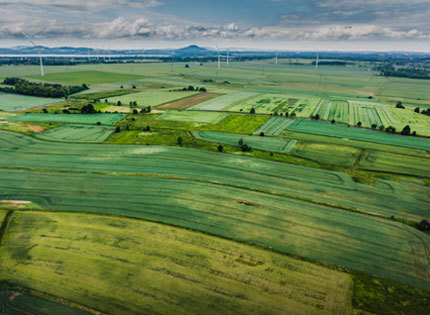
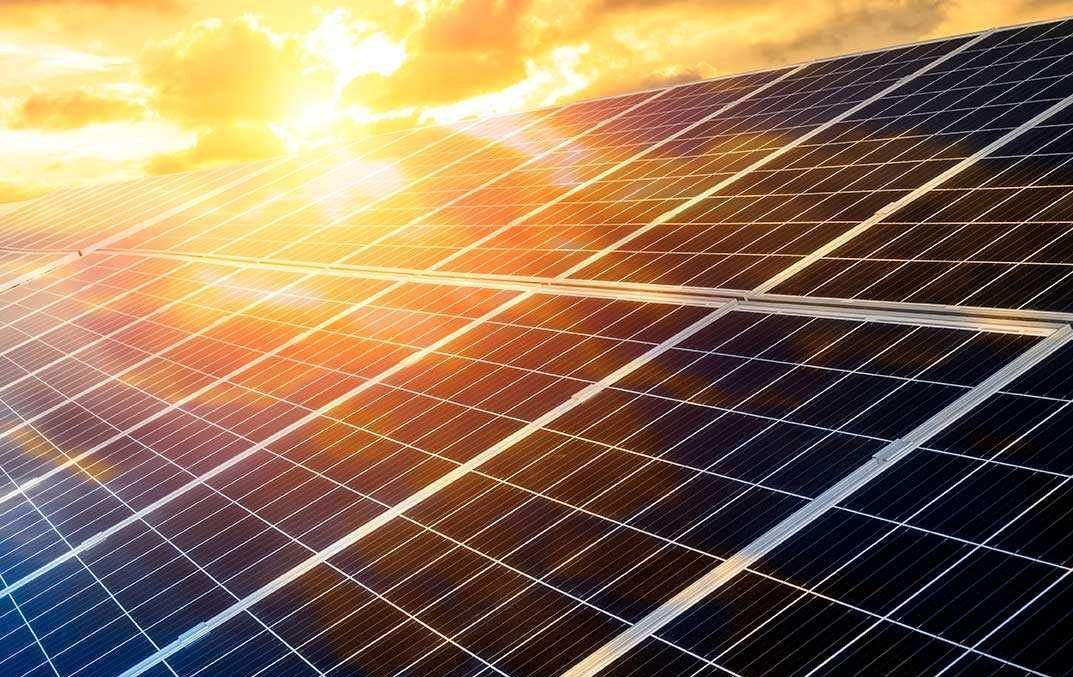
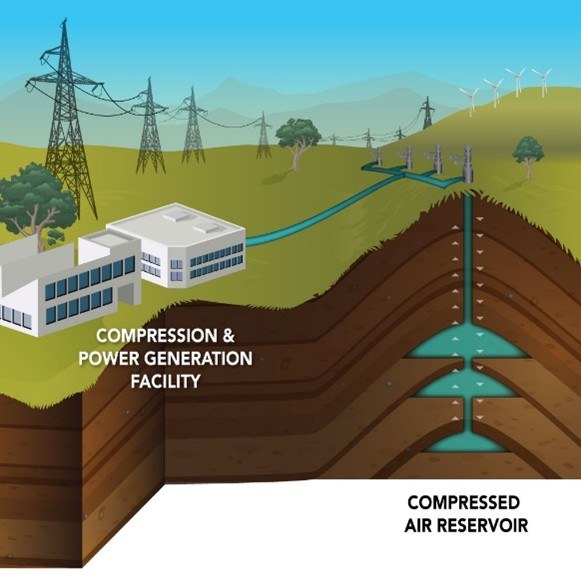
Compressed Air Energy Storage
Czero teamed with Bright Energy Storage Technologies (now Storworks Power) to advance compressed air energy storage (CAES) technology. CAES works by using excess renewable electricity to power large air compressors to pressurize underground salt caverns and other geological structures, converting them into massive potential energy reservoirs. When the grid needs electricity, the compressed air is run through an expander powering a generator which converts the potential energy back into electricity.
The weak points of any grid level storage technology are the round-trip efficiency and cost. If too much energy is lost while storing and releasing the electricity the value as a grid firming technology is substantially reduced. Likewise, if the cost of the technology is prohibitively expensive these technologies will most likely never be deployed.
Czero worked closely with Storworks to develop a novel high-volume positive displacement compressor/expander that directly addresses the cost, efficiency, and scalability challenges that have hindered widespread adoption of compressed air energy storage. Working with Storworks engineers, the Czero team performed in-depth analysis of individual components (compressor heads, valve train, rotating group, etc.), each energy-conversion step, and the CAES system as a whole. Czero developed custom algorithms to determine optimal operating points and identified multiple opportunities to increase system efficiency to optimize the system.
"Czero has been an invaluable and integral part of our program. From component and subsystem design to detailed system performance analysis, Czero’s integrated engineering approach has allowed us to develop elements quickly to meet the very ambitious schedule challenges imposed by our U.S Department of Defense contract."
- Scott Frazier, Co-founder and CEO of Bright Energy Storage Technology
Compressor/expander machine life, cost, reliability, and efficiency are crucial factors in making renewable energy profitable. Energy stored as compressed air is not dispatchable if the system is down for maintenance and losing energy to inefficiency erodes profits. So, designing a robust, high-volume positive displacement compressor/expander for Storworks required extensive integrated design and analysis, including computational fluid dynamics (CFD) and finite element analysis (FEA) to identify structural, vibrational, and thermal stresses to preempt potential problems through smart design choices. Czero used a quick-turn iterative design process, with integrated analysis, to optimize the compressor/expander and quickly arrive at a first prototype demonstrating the project feasibility.
Thermal and Thermochemical Energy Storage (TES)
Storing energy through thermal and thermochemical processes for use in grid firming is another area in which Czero is actively engaged. Rather than storing energy as potential energy (e.g. compressed air energy storage and flywheels) or electrochemically (e.g. batteries and electrolyzers), energy can be stored thermally, or by using thermal energy as a key step in the energy storage and release pathway. The figure shows energy storage density and operating temperature for a variety of thermal and thermochemical processes including sensible, phase change materials, sorption, and chemical reactions. In general, as operating temperatures become higher, energy storage density increases which has clear benefits in terms of grid level storage.
Czero has worked on several large systems (some ongoing) that use thermal and thermochemical energy storage technologies, up to peak temperatures exceeding 1500°C. One example is a molten salt concentrated solar energy storage project.
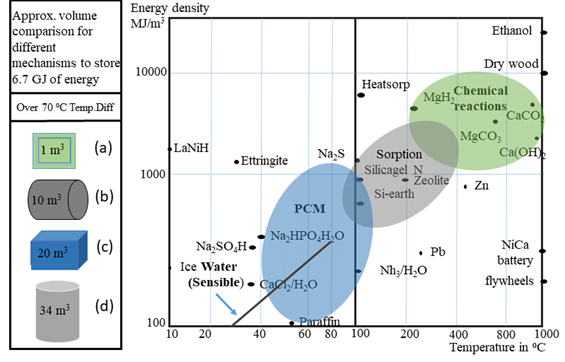
High Efficiency Hybrid Power Generation
Grid firming is also needed at much smaller scales as part of a microgrid. Czero has developed, and is in the process of commercializing, a high efficiency hybrid power generation system. This system serves as a link between various renewable and conventional power sources and optimizes power flow throughout the system to maximize efficiency and grid robustness.

Reach out to us, schedule a meeting, and let's find your custom solution.
We offer concept-to-prototype mechanical engineering R&D for developing systems and subsystems for cleantech innovations. Learn how we can help your team.
